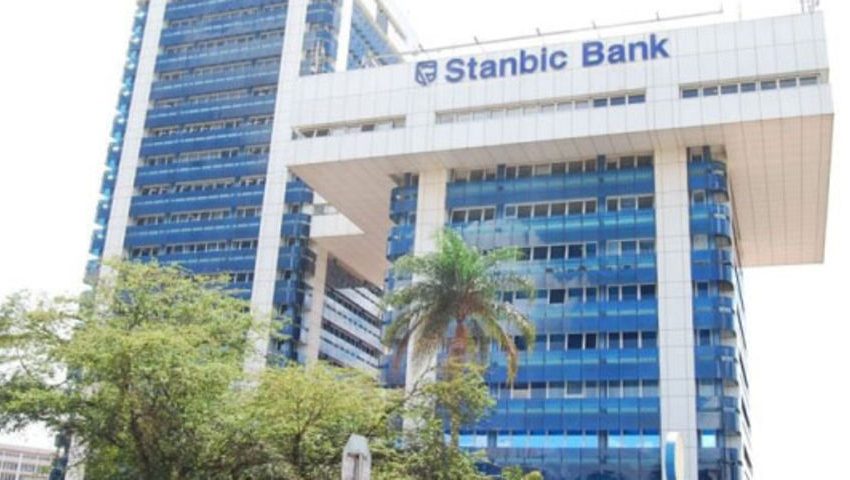Stanbic PMI: Employment returns to growth in April
- Business Economy
executivewatch
- May 8, 2023
- 0
- 3 minutes read

Stanbic Bank Headquaters in Kampala.
Uganda’s private sector started the second quarter of 2023 on a positive footing, with output and new orders continuing to rise, according to the latest Stanbic Bank Uganda PMI released today, May 5.
The headline PMI posted 55.4 in April, up from 53.2 in March and above the 50.0 no-change mark for the sixth successive month. The index was above its average since the survey began in June 2016.
The index says, increasing new business inflows encouraged companies to expand purchasing activity and employment, the latter for the first time in three months.
Meanwhile, a renewed rise in output prices was recorded in April, reflecting the pass-through of higher input costs to customers.
The headline figure derived from the survey is the Purchasing Managers’ IndexTM (PMITM). Readings above 50.0 signal an improvement in business conditions on the previous month, while readings below 50.0 show a deterioration.
Increased customer numbers amid an improving demand environment supported the latest strengthening in the health of the country’s private sector. New business expanded for the ninth month running.
A ninth consecutive monthly increase was also seen with regard to business activity as firms responded to higher new orders. Each of the agriculture, construction, industry, services, and wholesale & retail categories posted output growth during the month.
Amid some tentative signs of pressure coming on to capacity due to sustained growth of new orders, companies recorded a renewed increase in employment at the start of the second quarter. The rise ended a two-month sequence of decline.
Purchasing activity was also up, and for the sixth month running, while stocks of purchases continued to accumulate.
Companies were helped in their efforts to secure inputs by a shortening of suppliers’ delivery times for the first time in three months.
Overall input costs increased again in April amid reports of higher charges for fuel and utilities, alongside sustained purchase price inflation and a renewed rise in staff costs.
The increase in purchase prices often reflected higher cement costs, while higher employee expenses were generally attributed to rising staffing levels.
The passing on of higher input costs to customers resulted in an increase in output prices following a fall in March.
That said, some firms continued to report offering discounts to customers to try and help generate sales.
Firms in Uganda were generally optimistic that demand conditions will continue to improve over the coming year, supporting confidence in the 12-month outlook for business activity. Around 73% of firms expressed an optimistic outlook.





